New-generation parents understand how important it has become to teach kids about mindfulness. But the challenge lies in finding the right way of doing it!
Teaching kids mindfulness in the conventional way is pretty boring, and it mostly means sitting down with them and giving them long lectures. And there’s a high chance they’ll learn nothing from it! But if you do it in a fun way, they will be practicing mindfulness even if they don’t realize it.
Jump to:
- 1. Drawing Self-Portraits:
- 2. The Mind Jar:
- 3. Breathing With A Pinwheel:
- 4. Freeze Game:
- 5. Emotion Changing Octopus
- 6. The STOP Exercise
- 7. Mindful Eating
- 8. Walk In The Nature
- 9. Emotion Stones
- 10. Emotion Charades
- 11. Blind Folded Taste Test
- 12. The Raisin Meditation
- 13. Drawing The Breath
- 14. Red Light, Green Light
- 15. Root To Rise
- 16. Assessing Vs. Judging
- 17. The Gift Of You
- 18. What Are You Doing?
- 19. What Are You Doing To Others?
- 20. The Teddy Breathing
- 21. Bubble Blowing
- 22. Emotions Painting
- 23. Gratitude Journaling
- Wrapping Up!
Now to make your job even easier, here I have compiled a list of mindfulness activities for kids. These are perfect for toddlers to teens.
Without further ado, let’s dive in!
1. Drawing Self-Portraits:
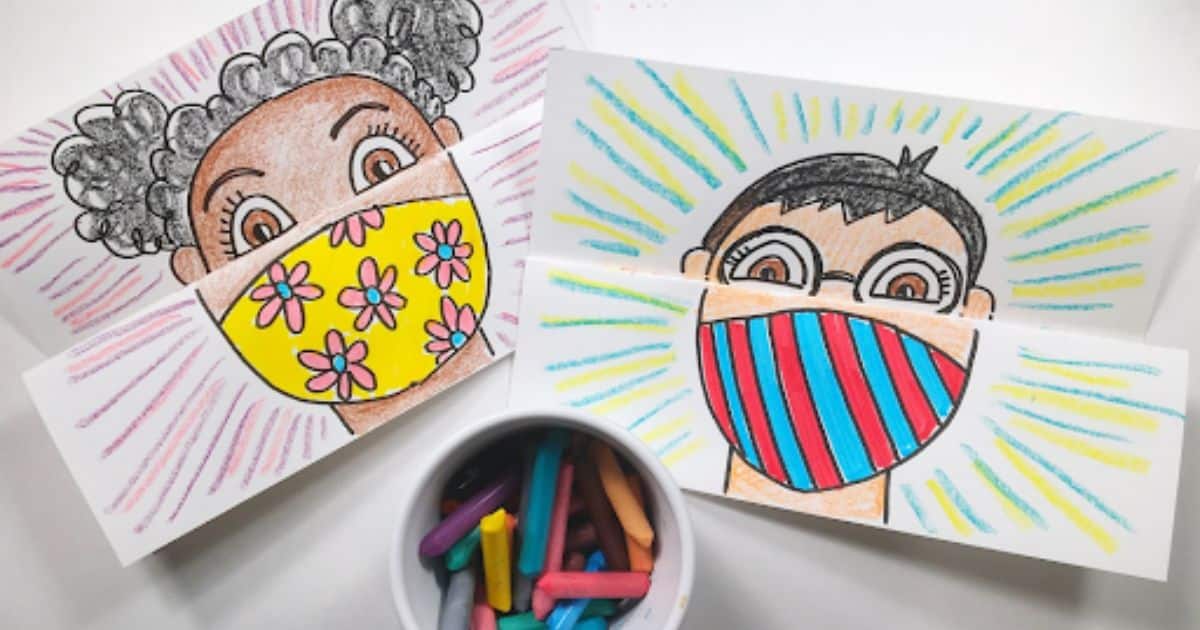
Being mindful starts with knowing and understanding yourself. And for kids, it is way easier to draw things rather than put them in words (as if we adults can do it the right way!).
This masked portrait idea is a fun way of teaching kids that just like the card unfolds and reveals the awesomeness of the portrait, similarly, when they open up, others will be able to see their awesomeness too!
Besides, it will be a great self-reflection session for kids as they’ll be giving themselves titles/ adjectives that describe them the best. So check out how to do it!
2. The Mind Jar:
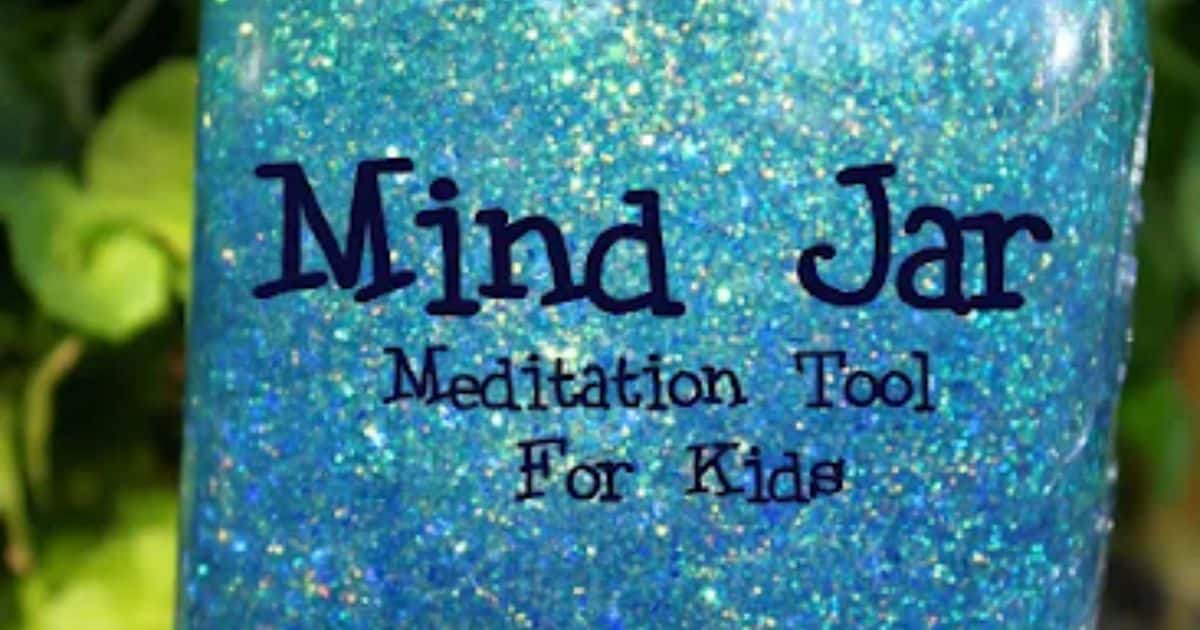
One good and bad thing about kids is that their attention span is very short, but the smallest things grab their attention. So while it can get a little tricky to get them into meditation like adults, it is not that hard if you know the trick.
Unlike adults, they don’t need a bunch of fancy things to meditate. Just give them a jar full of glitter, and their eyes and mind will be glued onto it!
So check out how you can make a mind jar for your little angry bird and use it to teach them focus and meditation.
3. Breathing With A Pinwheel:
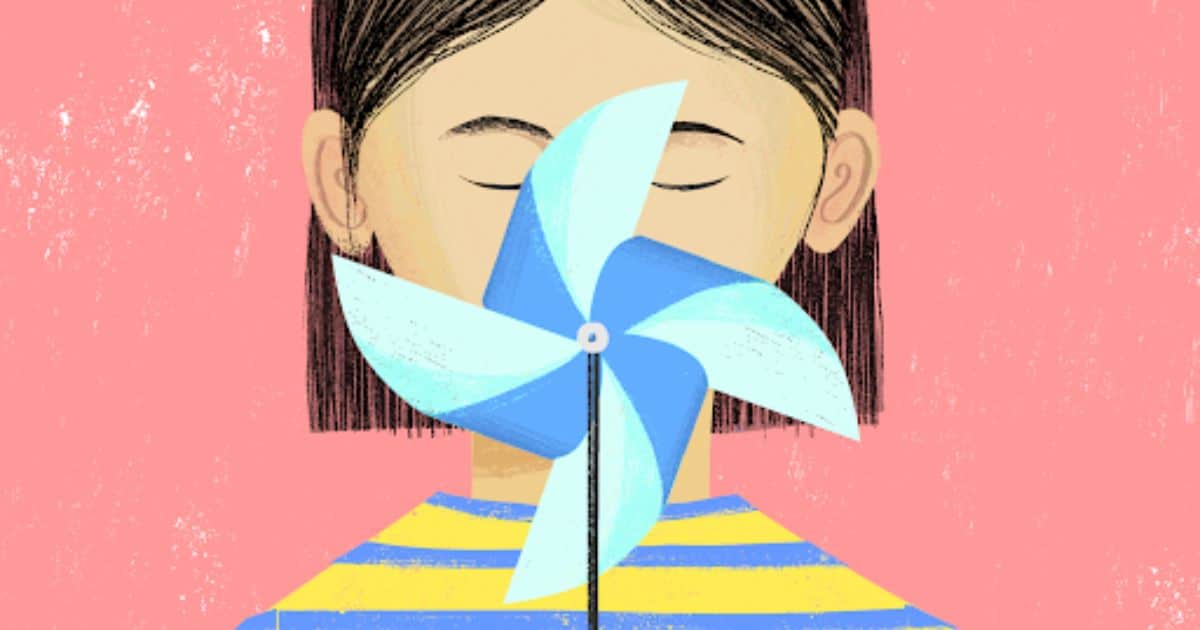
Apart from focusing, another activity that can keep your little one’s emotions anchored is breathing.
Now practicing breathing and how it affects our emotions can be boring for five years old. So to make things fun, you can use a prop like a pinwheel.
Check out how to do it and how it can benefit your kid and make them more mindful and in control of themselves.
4. Freeze Game:
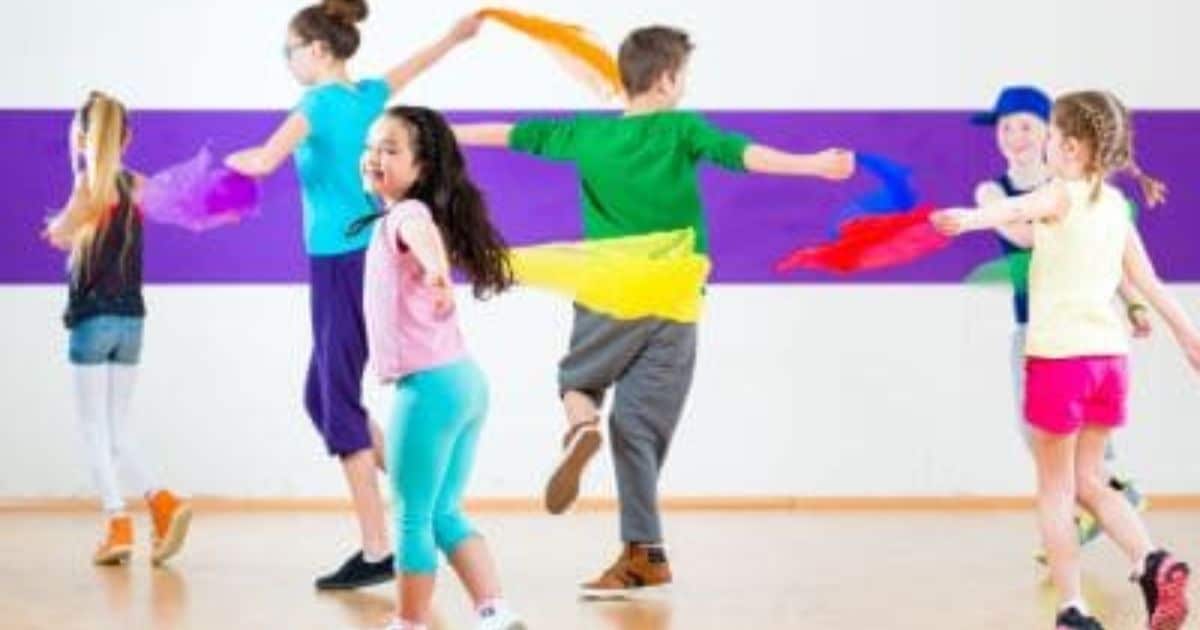
It is a game most of us have played as a kid and enjoyed thoroughly! But back then, we also didn’t know what it was for. It was just fun, so we played along.
This game of freeze and unfreeze is great for teaching children how to understand rules and instructions. It also teaches them resilience, but obviously in a fun way!
So check out how you can play this game with your kids and what variations you can try to make the activity interesting every time.
5. Emotion Changing Octopus

This craft can be used in so many ways, just like the number of tentacles an octopus has.
Besides being a fun and artsy craft project, you can use this toy to jazz up their story times or when you are giving them lessons on different emotions.
When we were kids, we were unaware of so many emotions, and we learned about all of them through experience. Not all of them were pretty! So if you want to give your little one a heads-up about different feelings, this technique can come in handy.
Check out this tutorial to learn how to make one!
6. The STOP Exercise
The acronym STOP stands for Stop, Take a break, Observe, and Proceed. This skill is great if your kid often feels overwhelmed while trying out new things or has a very hectic schedule.
They do not need to take out extra time to practice this activity, so they can literally practice this every day and anytime they want.
Learning this skill will help them read themselves better and understand their behaviors and feelings. So check out this detailed tutorial on how to do this exercise.
7. Mindful Eating
Eating is one of the daily activities that we should always do mindfully (instead of drowning in our mobile screens!). Especially for kids, being mindful while eating helps to learn a lot of new things.
These can be the flavor, texture, or aroma of certain dishes, how much they can eat, what things they enjoy or don’t enjoy eating, etc. Knowing all of this since childhood can help them become more independent and self-aware.
There are a lot of other benefits of mindful eating, so check out what those are and how you can encourage your kid to start mindful eating!
8. Walk In The Nature
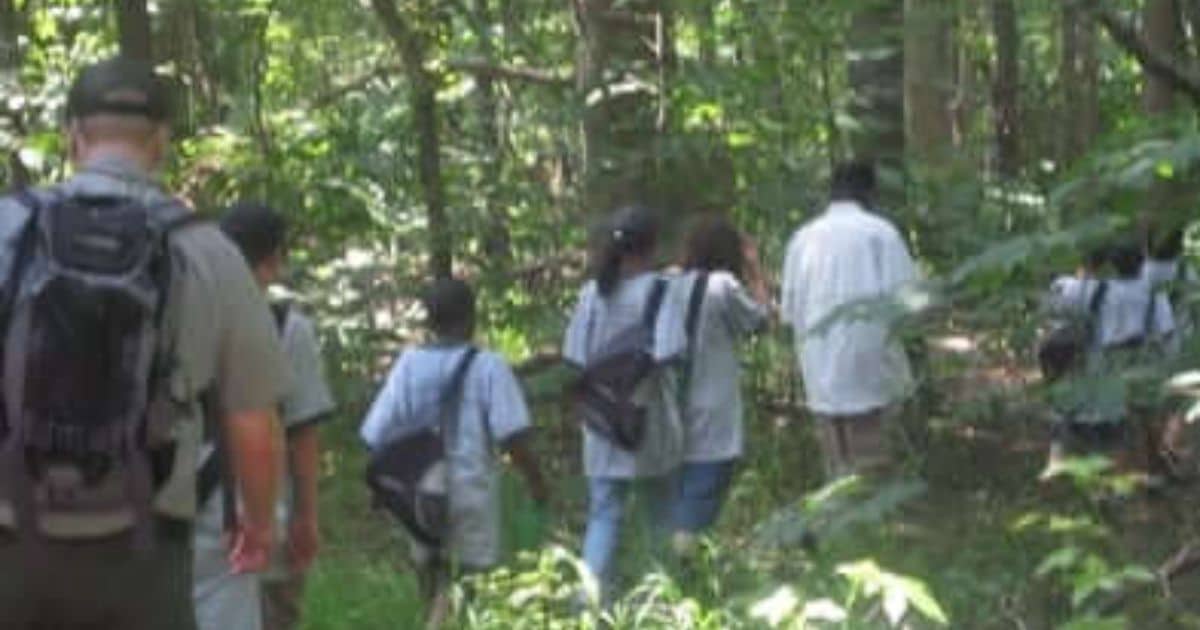
Remember how you loved taking a stroll in the park when you were a kid? Or playing with your friends in the forest and fields? It is because nature blocks all those outside noises and helps us reconnect with ourselves.
If you live in a city, this will be a great activity for your kid! The change of ambiance from a noisy town to the serene woods can help them feel more grounded and help them evoke all their five senses.
Here’s how you can make their nature walk even more fruitful!
9. Emotion Stones
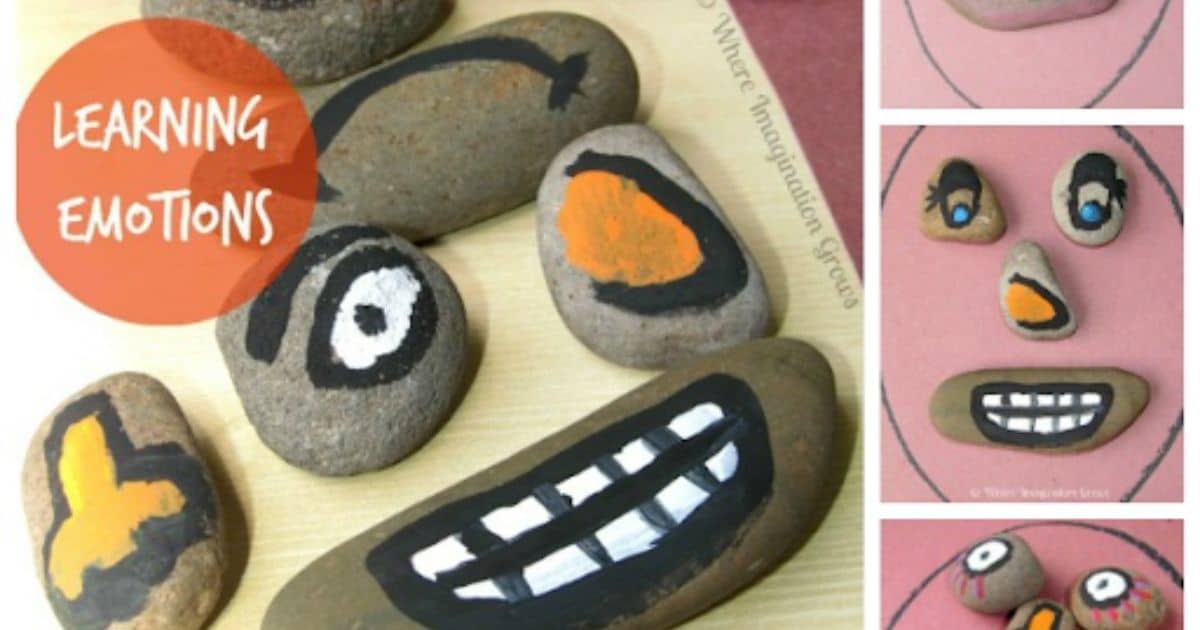
As kids, most of us struggled to put our emotions in words and convey them properly to our parents. So we either bottled them up or expressed them in a way that conveyed the wrong message!
But you can easily sort this out for your kid in a playful way. With the help of these emotion stones, they will be able to articulate their emotions better, and there will be less room for misunderstanding.
So check out how you can make some emotion stones and teach your young one to use them.
10. Emotion Charades
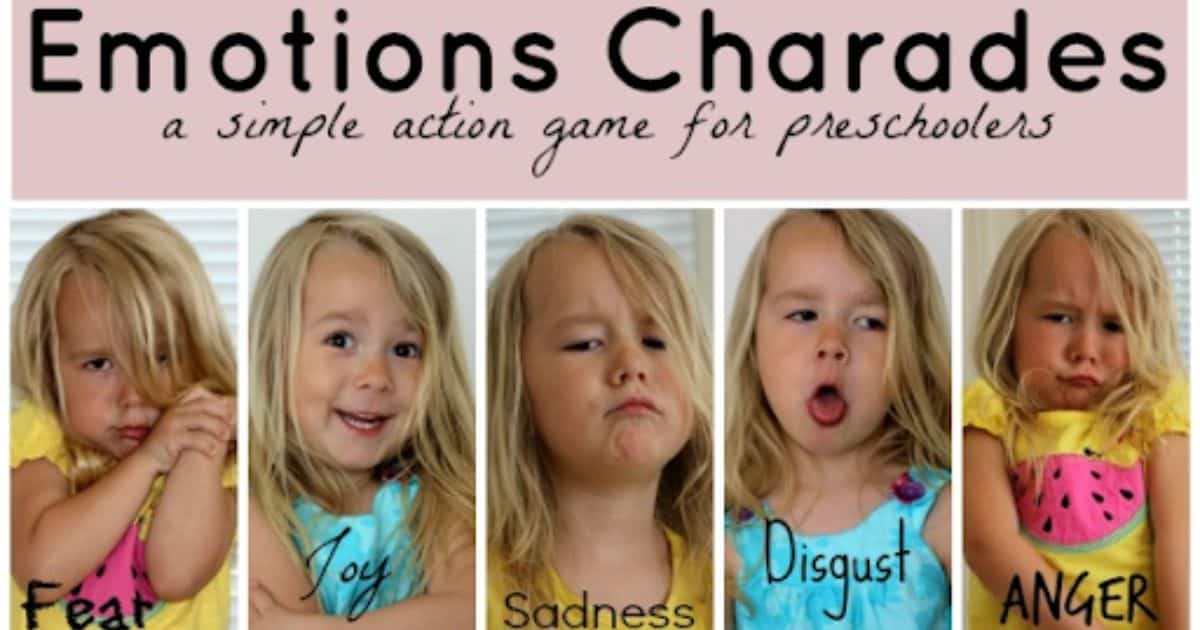
Kids learn fast and better if there are two things involved. One, if it is fun. And two, if that is done together with their friends.
This activity is literally child’s play but holds so much importance and can help your kid express not only their emotions but also understand others, which is a big part of being mindful!
So check out the rules of this fun and fruitful game, and you can also play this with your kids!
11. Blind Folded Taste Test

It is said that when we lose one of our senses, all of the others heighten to balance things out.
This blindfolded fruit taste is a fun sensory game for kids where they cannot see the fruit but can touch, smell, or taste it to guess it.
This is a fun (and tasty) way of diverting your child’s focus onto something and keeping it like that for some time. If your kid does not like the conventional mindful eating activity, you can try this one instead.
Check out what things you would need and how to do it!
12. The Raisin Meditation

Another way to teach your kid mindful eating or focusing is by playing the raisin meditation game with them.
You can do this every day with a new fruit or food item to keep it fun. And this is also a great way of introducing your little one to new fruits and cuisines.
It takes only five minutes, and you can play this game literally anywhere! So even if you are on a picnic, you can play this with your kids and give them a little meditation session without them even knowing!
Check out the rules, and you’re all set!
13. Drawing The Breath
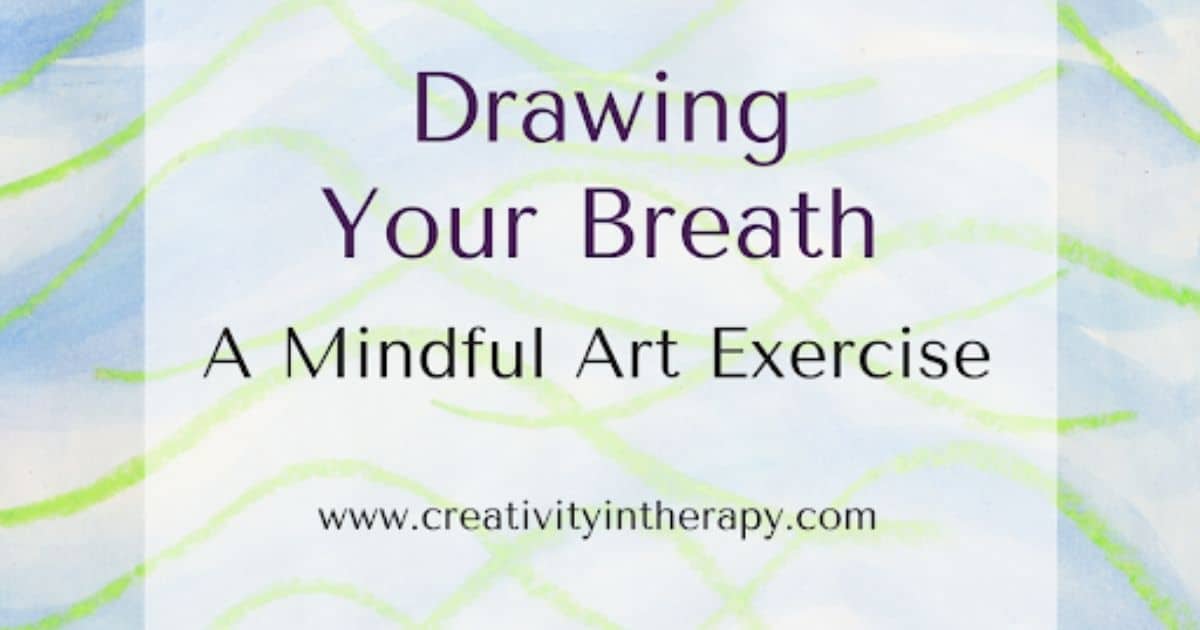
An important part of understanding and accepting our emotions is knowing how they affect our bodies.
Now, as a kid, the easiest change in their body with respect to their emotions that can be noticed is their breathing patterns.
Kids forget things super fast! So, to make their discoveries of themselves more substantial, you can ask them to draw or express through lines how they think they are breathing.
The activity will also help your kid be more imaginative and focused. So check out this tutorial on how it is done!
14. Red Light, Green Light
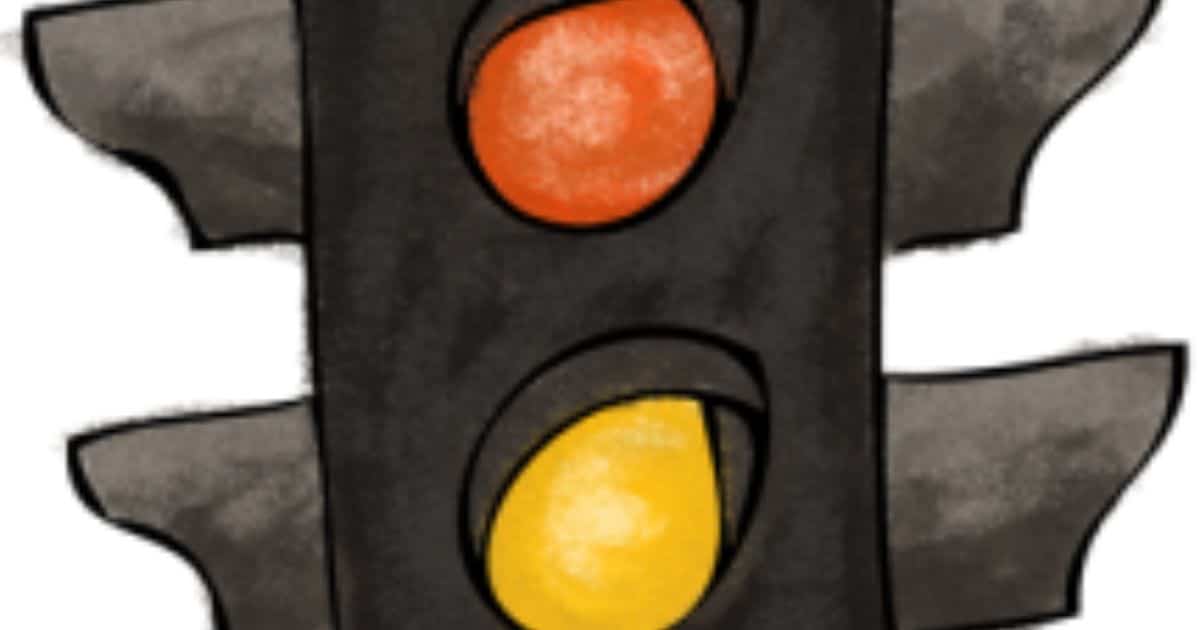
Those who watched the famous show “Squid Game” would know this game! But don’t worry; the original version is totally kid-friendly!
This is perfect for playing with toddlers as it does not have many instructions, plus there is a lot of running included. It is the easier version of “freeze and unfreeze.” Check out the rules here and start playing!
15. Root To Rise
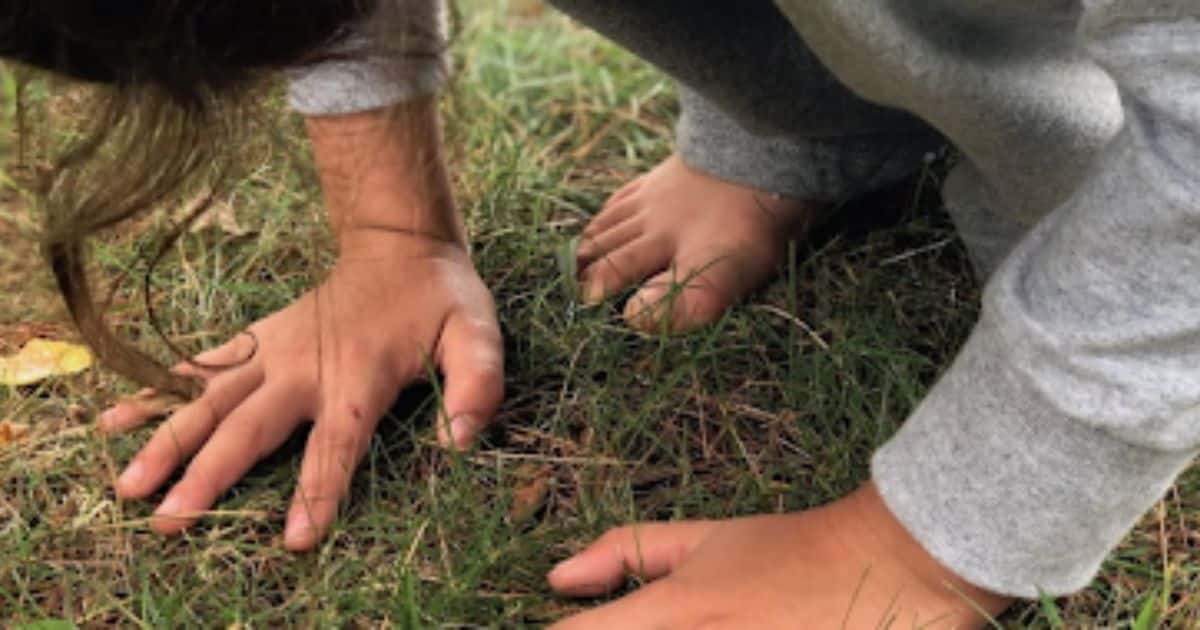
This activity is a type of moving meditation. By doing this, kids will understand that to grow in life; they need to find strength from their roots.
The teaching of this meditation is that as they become more kind and heartfelt to themselves and others, they grow.
Click here to learn more about the benefits of this meditation and how to do it!
16. Assessing Vs. Judging
Kids carry most of whatever they learn in their childhood through their adult life. So it is very important that they are taught the right things from the very beginning.
And teaching them the difference between assessing and judging is one of the most important things.
This worksheet is best for preteens and teens, so if you have a kid in that age group, do check this out!
17. The Gift Of You
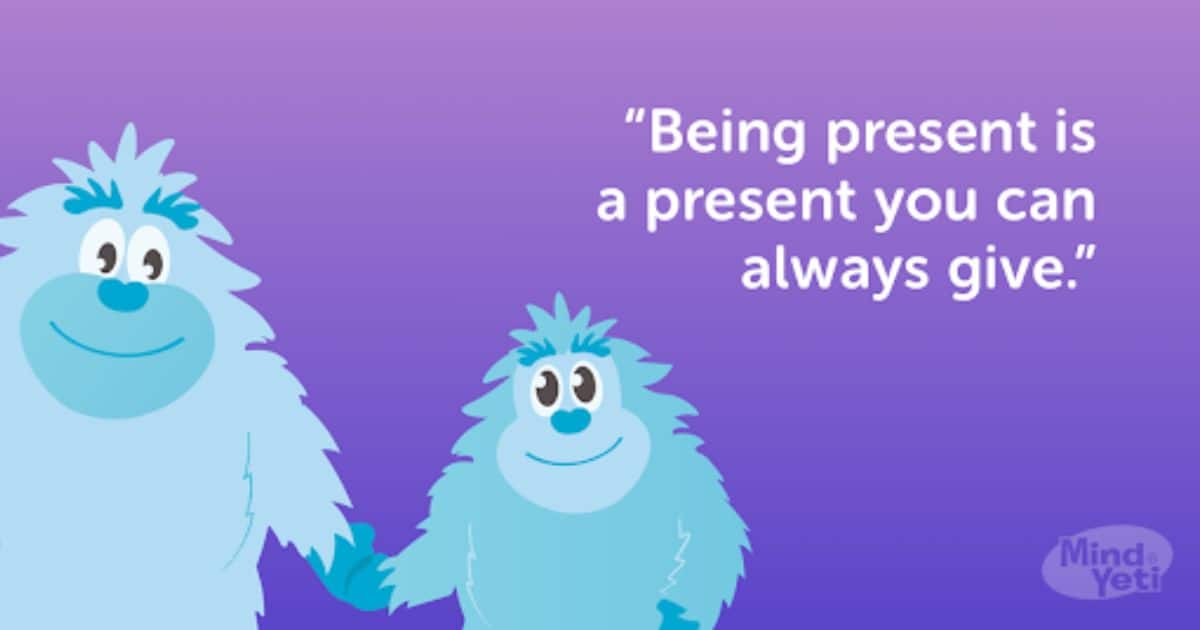
As we grow up, be it due to the busy lifestyle we start living or the change of perspective we go through, we tend to forget the biggest gift we can give to others. And that is time.
No gift can be more precious than being present for another and giving their time to them. It not only applies to others but to ourselves as well!
With this exercise, you can teach your kid that the best gift they can give to themselves is being present in the moment. This will automatically teach them to be more mindful and compassionate.
Here are the instructions for the activity, so do check them out!
18. What Are You Doing?
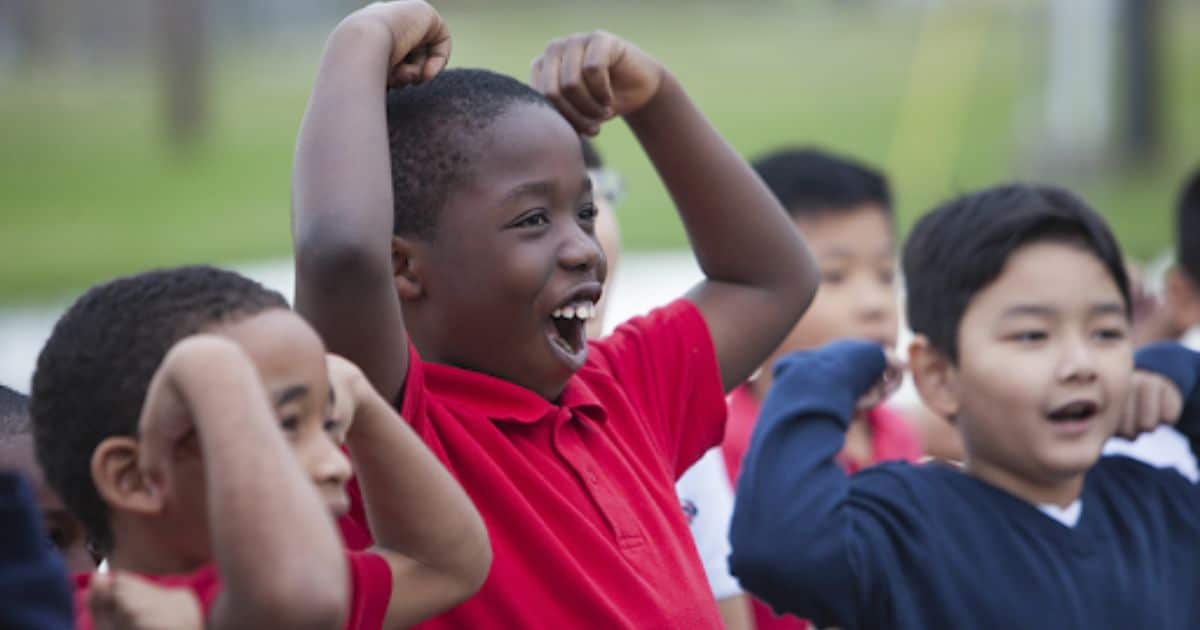
A big part of being mindful is to be aware of the surroundings and understand what other people are trying to convey.
This group activity is quite similar to dumb charades. The only difference is that one kid will ask the question, “What are you doing?” and instead of giving answers in words, the other kid will try to perform and describe the activity.
This activity is great for developing creative thinking and listening ability in kids, so check out the details of this game!
19. What Are You Doing To Others?
As kids grow older, they need to learn how their actions can impact others, be in a good or bad way.
This worksheet is filled with questions that are great for helping them understand what they are doing to others by simply answering the questions.
They can practice once and take the learnings with them or keep the questions and answer them once in a while.
Click here for the questions and other details.
20. The Teddy Breathing

Meditation is indeed one of the greatest ways to exercise mindfulness, and you can even teach your toddler how to meditate.
Yes! You heard it right. And with this practice, they will most definitely enjoy it. This teddy breathing exercise will help them focus on one thing at a time, which will eventually form the base of meditation as they grow older.
Click here to learn more about it!
21. Bubble Blowing
Now, who doesn’t love blowing bubbles?!! Toddlers to adults, we all enjoy it. But did you know it can also help you release stress and anxiety?
A big part of being mindful is self-love, and you cannot practice it if you are surrounded by anxiety, stress, and negative thoughts.
Click here to learn how you can help your kid integrate mindfulness meditation into their daily life through super fun activities like blowing bubbles.
22. Emotions Painting
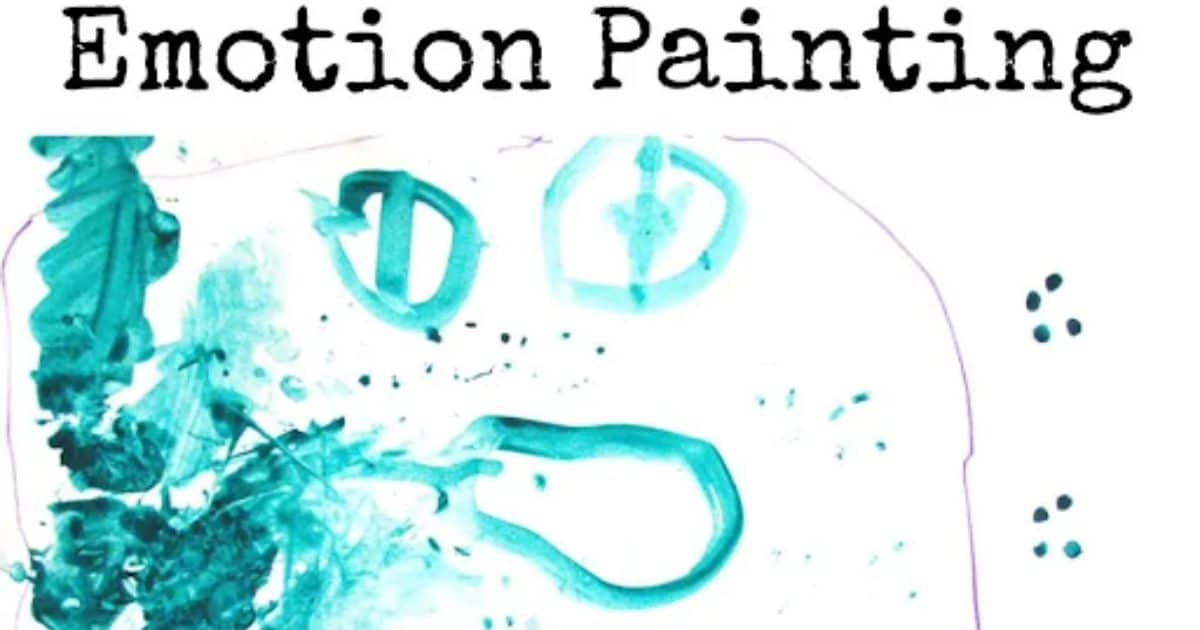
Making art is all about putting your emotions onto a canvas. With this artsy activity, your kid can express their feelings and emotions through art.
You can also participate in this with your kid or ask the entire family to join to make it a great bonding session.
Check out what things you would need and what to do with them!
23. Gratitude Journaling

Growing up, kids experience a lot of new things, some of which are good and some of which aren’t.
Gratitude journals are a great way of remembering the good things, people, or events that happened to them. So whenever they are feeling low, they can go through their journals and remind themselves about the good days.
There are no age limits for this practice. The sooner your kid starts, the more positive memories they will have to look back at!
So check out these tips on mindful writing and start journaling!
Wrapping Up!
Remember that mindfulness is a superpower. It can help kids become their happiest, which other accomplishments might not do. And fortunately, every kid can have this superpower just by practicing some simple activities!
On that note, I hope you liked the activities I listed here! Do comment below on which one is your favorite and which one your kid enjoyed the most.

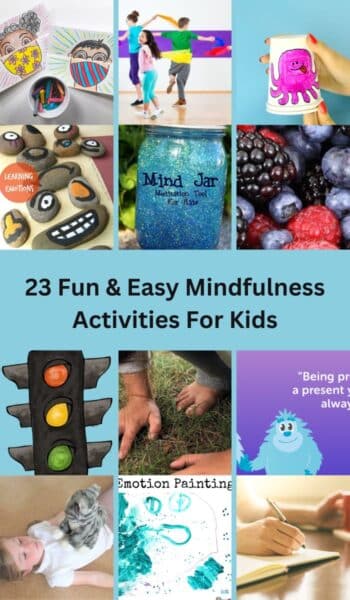



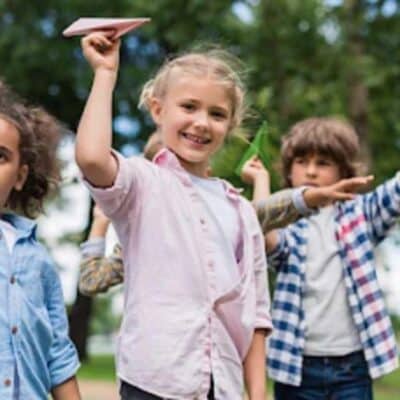
Leave a Reply